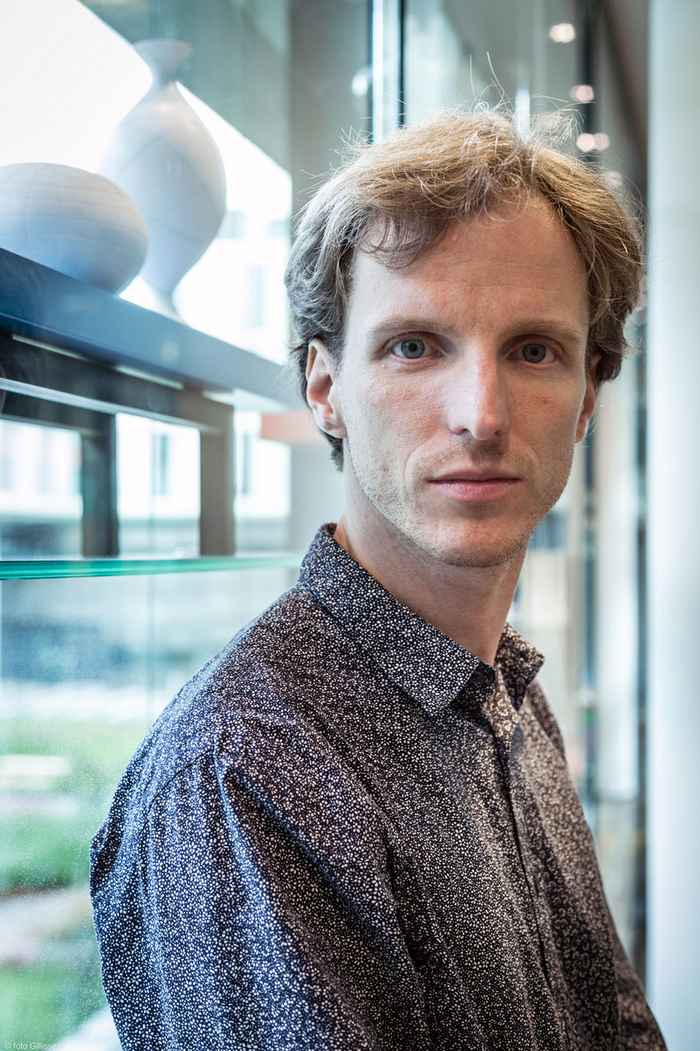ERC Consolidator Grant for Lenny Taelman and Anna Watts
10 December 2019
Consolidator Grants are intended for researchers who obtained their PhDs 7 to 12 years ago. The grants enable the researchers to consolidate their position as independent researchers. In total seven ERC Consolidator Grants are awarded to the University of Amsterdam.

Lenny Taelman, Korteweg-de Vries Institute for Mathematics, ‘Zeta functions and Fourier-Mukai transforms’
String theory is a theoretical attempt to reconcile gravity and quantum mechanics. While the jury is still out on whether string theory describes the natural world, some of the ideas behind it have led to surprising new insights into mathematics, especially in geometry. They have, for example, led to the discovery of unexpected, hidden symmetries in geometry. Since the ancient Greeks, number theorists have been studying integer solutions to polynomial equations.
A famous example is the Fermat’s Last Theorem. Although such problems have long been studied using tools from geometry, there has not been much interaction with the mathematics arising from string theory and number theory. In this project, we will exploit hidden symmetries in geometry to solve problems in number theory.

Anna Watts, Anton Pannekoek Institute for Astronomy, ‘Advancing the Equation of state of Neutron Stars’
Neutron stars are made of nuclear matter under extremely high-density conditions, far higher than we can explore in laboratories on Earth. Indeed, they may be the only place in the universe where we can find stable states of strange quark matter. To figure out what lies inside neutron stars, astronomers need to measure their mass and radius. This is extremely challenging, however, since although they contain at least as much mass as our sun, neutron stars are only as big as the city of Amsterdam.
In addition, even the closest ones are many light years away from Earth. Working under the aegis of the AEONS project, Watts will develop and refine a new technique for measuring mass and radius that exploits relativistic effects on X-rays emitted from hot spots on the neutron star’s surface: 'Pulse Profile Modeling'. Using data from NASA's Neutron Star Interior Composition Explorer (NICER) and looking ahead to the next generation of X-ray space telescopes, AEONS will seek to revolutionise our understanding of ultradense nuclear matter.